#hue vietnam
Text

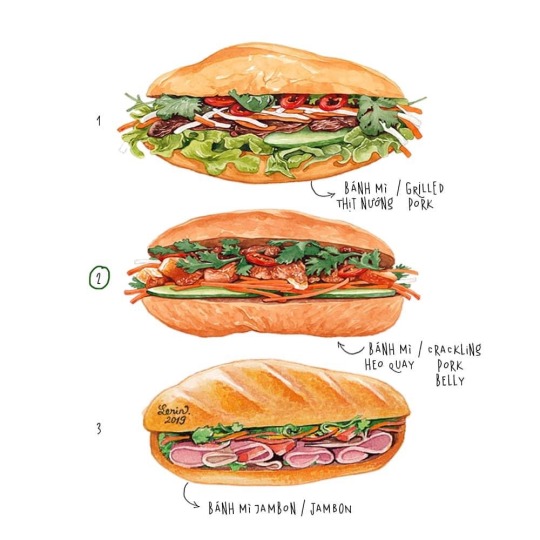
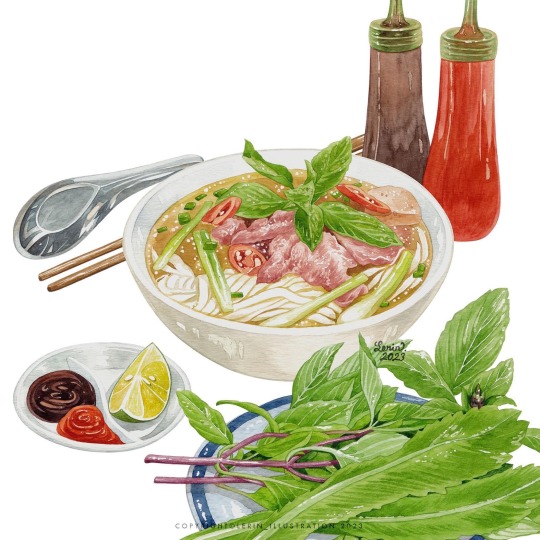
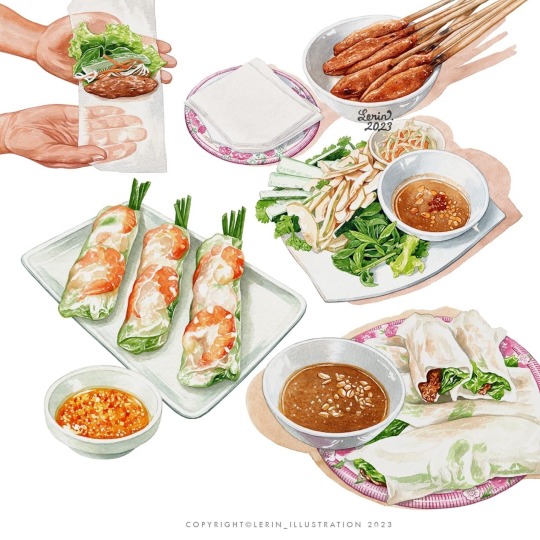
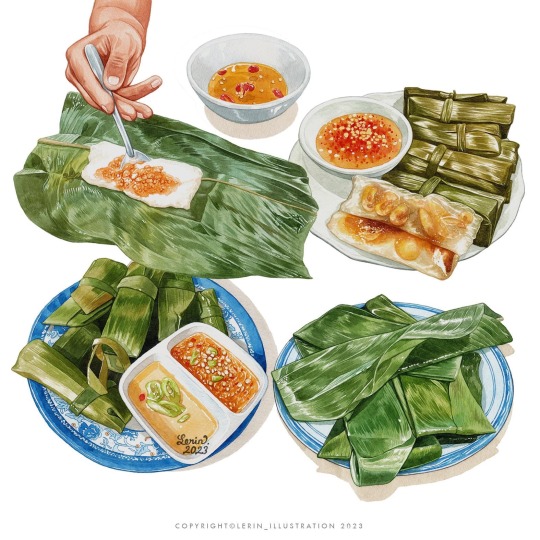

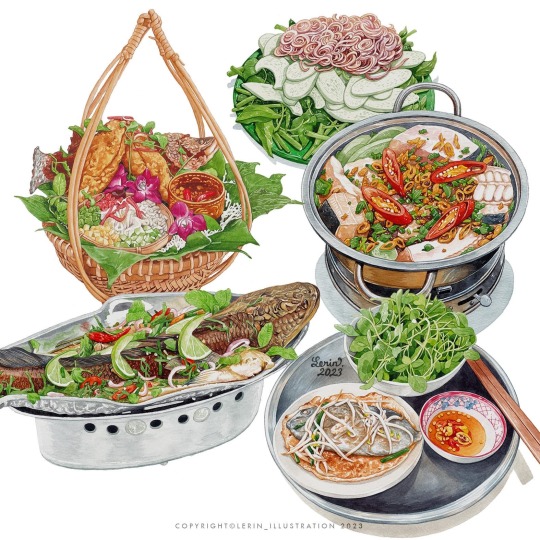
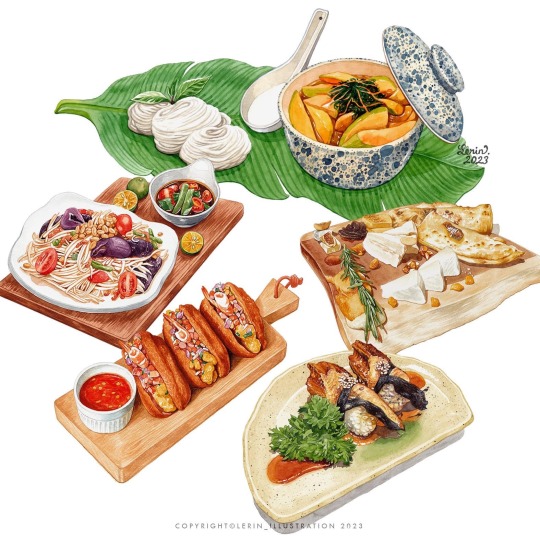
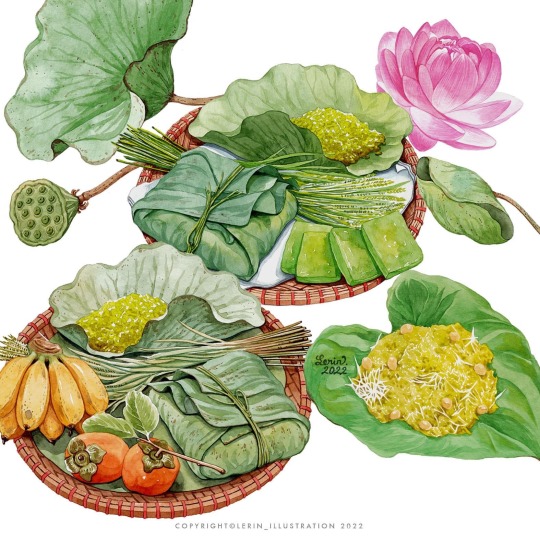
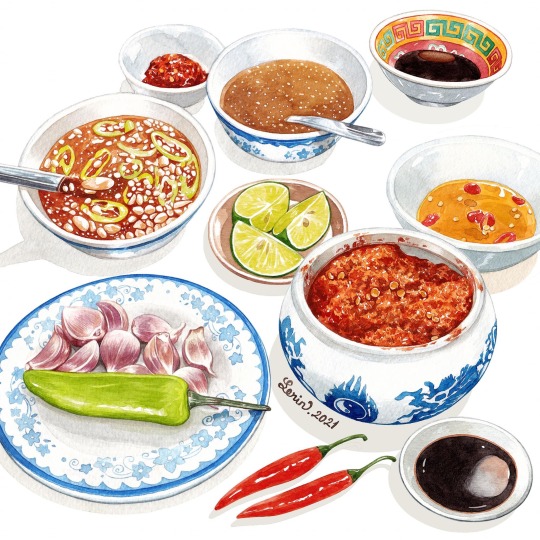
Illustrations of Vietnamese food. Credit to Le Rin.
#vietnam#vietnamese#culture#travel destinations#cuisine#vietnamese food#asian food#illustration#food illustration#digital art#artwork#art#banh mi#lunar new year#spring rolls#rice cakes#condiments#hot pot#hanoi#hue vietnam#saigon#digital painting#paintings#painting#drawing#digital sketch#watercolour sketch#sketch#healthy food#looks tasty
4K notes
·
View notes
Text
Day Six: Hue, the Former Imperial Capital
There are ways in which Hue is almost an antithesis of Hanoi. Hanoi is sprawling and bustling; Hue is small and tranquil. The sites of Hanoi are spread out over many miles; those in Hue are nearly all walkable from the center of the city.
Huy and I began this morning at the Imperial Citadel, a complex of gates, palaces for the emperor, palaces for the emperor’s mother, support structures, and all the other facilities needed to run a court in feudal times.
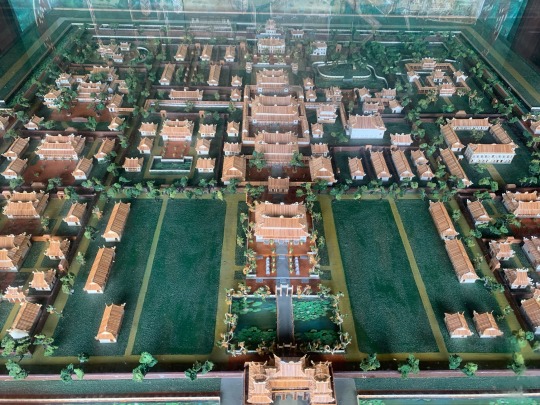
Heavily damaged by bombing during the Vietnam War, some of the structures had to be restored during the last few decades, although others remained largely intact. One of the intriguing features of the reconstruction was where the glass came from when the mosaics on the gates were restored. The green glass pieces are actually all bits of Heineken beer bottles, on some of which the opening (properly known as the bottle’s “finish”) is still plainly visible.

Our next stop was the An Hien garden house, built on the principles of Fung Shui. Huy was amused that I spent as much time examining the former owner’s library (classics of French literature, books on zen and meditation, and some of the same works on Vietnamese history that I read while preparing for this trip) as I did the rest of the grounds.

We then went to the Thien Mu pagoda, one of Hue’s oldest religious buildings. Constructed in 1601, the seven-storied tower pagoda stands on top of a hill with a fantastic view of the river beneath.
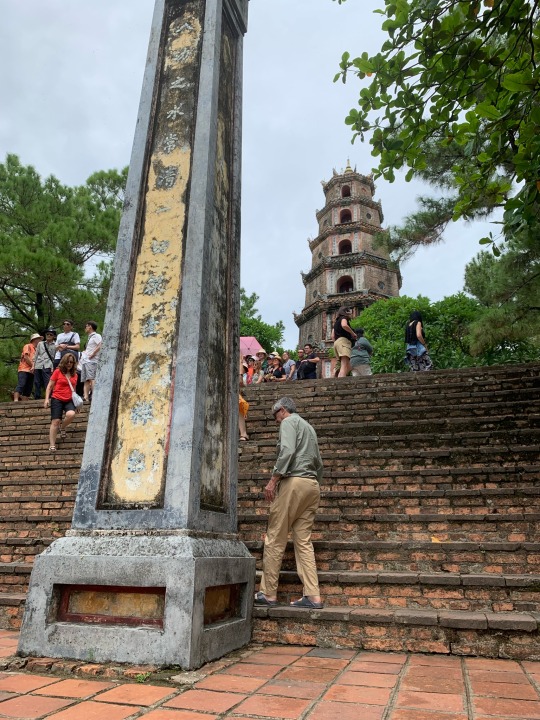
Probably the most famous monk from the Thien Mu pagoda was Thich Quang Duc. Protesting the South Vietnamese government’s oppression of Buddhists, he drove to Saigon on June 11, 1963, stopped at the Phan Dinh Phung Square-Le Van Duyet intersection, poured gasoline all over himself, and burned himself alive. Thich Quang Duc neither collapsed nor cried out in pain throughout the entire ordeal, and his heart was not consumed by the flames. The car in which he drove to Saigon is still on display at the pagoda, along with a tribute to him.
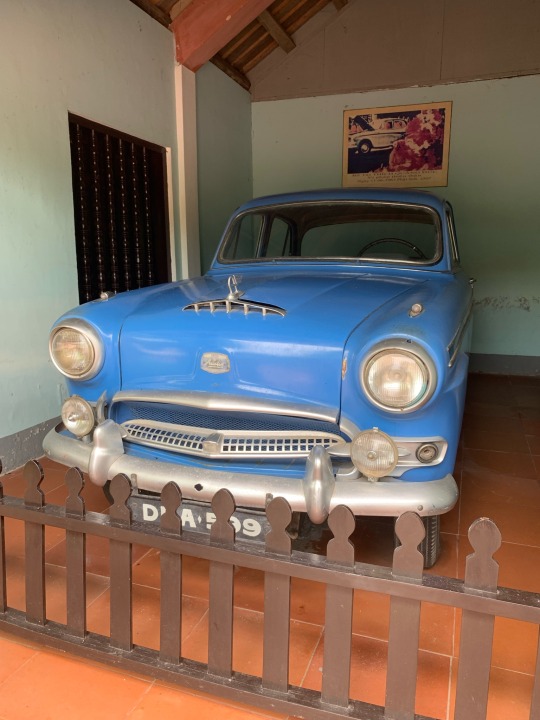
To reach our next destination, we traveled down the river by dragon boat. (For a one-minute video of that trip, see the accompanying photo album. Remember: You need to email me for access, if you want it.)
Our goal was a small workshop that makes incense sticks and cones. The aroma from the shops that produce incense in Hue is the reason why the local river became known as the Perfume River.

The incense made here is a combination of sawdust, glue, and scented oil that are kneaded into a substance with the consistency of clay. Cones are produced by molds. Sticks are rolled under a flat board. A proficient craftsman can produce an incense stick in well under a minute. When given a chance to imitate this work, I proved that I was neither an artist nor a craftsman (something that would become a theme for the rest of the day), and took woefully long to create an utterly inadequate incense stick.

Huy and I then continued then to the royal tomb of the Tu Duc, a king who had a hundred concubines but no offspring. (Mumps, it is said, had left him sterile.) He built his mausoleum while he was still alive and moved into the grounds from the citadel for the last decade of his life, indulging there in fifty-course meals of extravagant delicacies and spending time in solitude on an island across from one of his pavilions.
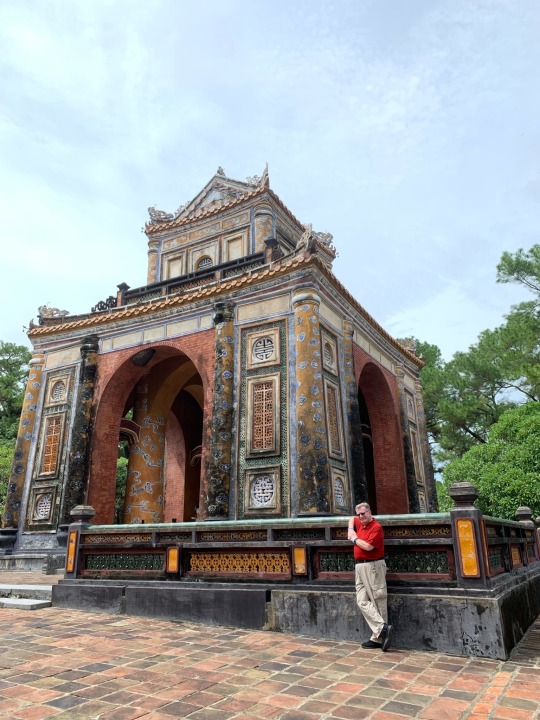
The day concluded in an artisan’s workshop where they are trying to recreate the lost art of Phap Lam, where enamel is baked onto copper sheets in a manner similar to cloisonné. Here is what Phap Lam looks like when a master creates the work:

And here’s what resulted when I tried it:

As I said before, today was further proof, if any was needed, that I’m neither an artist nor a craftsman.
6 notes
·
View notes
Text

A U.S. Marine proudly wears a small American flag in the band of his helmet as he stays alert for possible NVA or VC attacks in the city of Hue, Vietnam, on February 3, 1968.
(Photo by Bettmann Archive via Getty Images)
#usmc#us marines#infantry#grunts#vietnam war#vietnam#battle of hue city#hue city#tet offensive#military#history
330 notes
·
View notes
Text
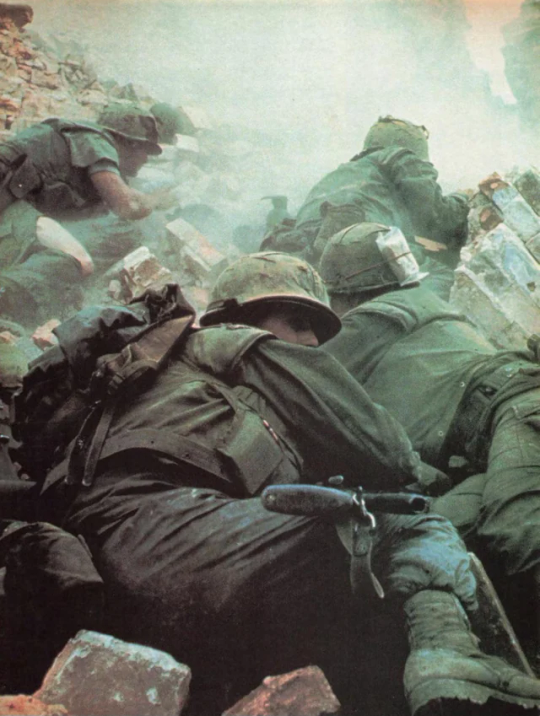
US Marines during the Battle of Hue, part of the Tet Offensive. Judging by the bricks, at the walls of Hue Citadel. 1968
61 notes
·
View notes
Text
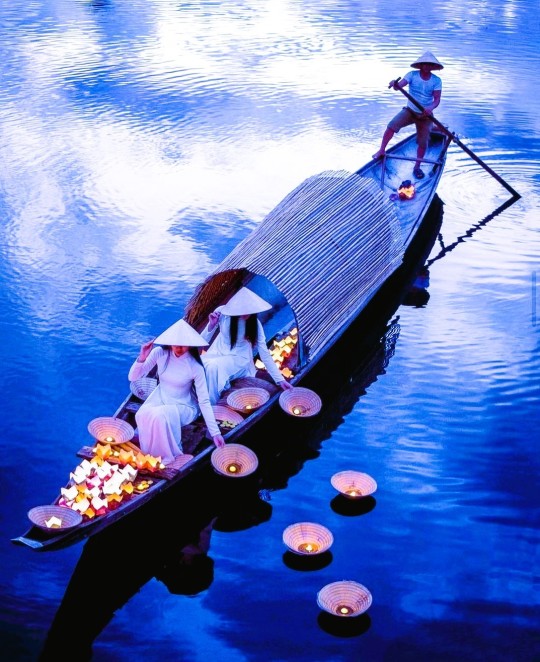
Candles light, Pray on Như Ý river, Hue City, Vietnam: On the Nhu Y river in Hue City, Vietnam. The girls in Ao Dai dresses are releasing floating candles on the river to pray for peace and happiness. This is the spiritual culture longstanding in Vietnam
63 notes
·
View notes
Text
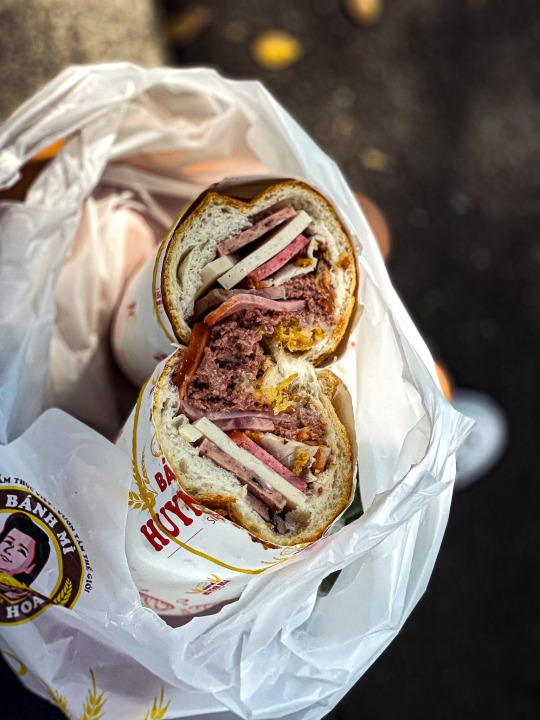

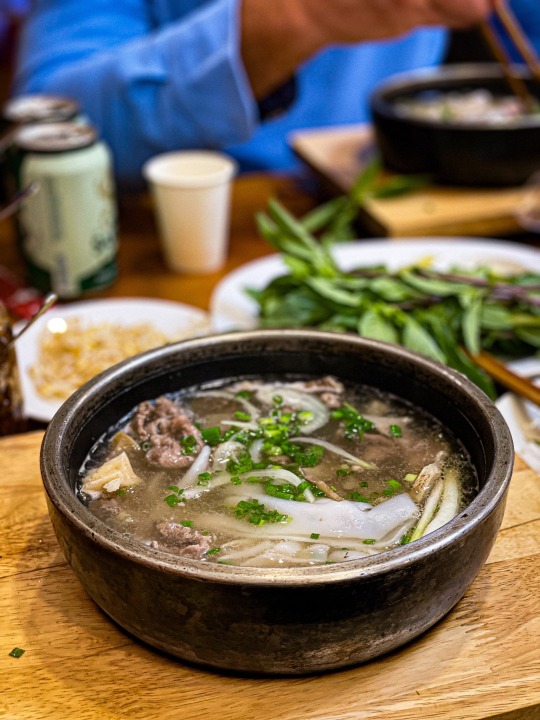
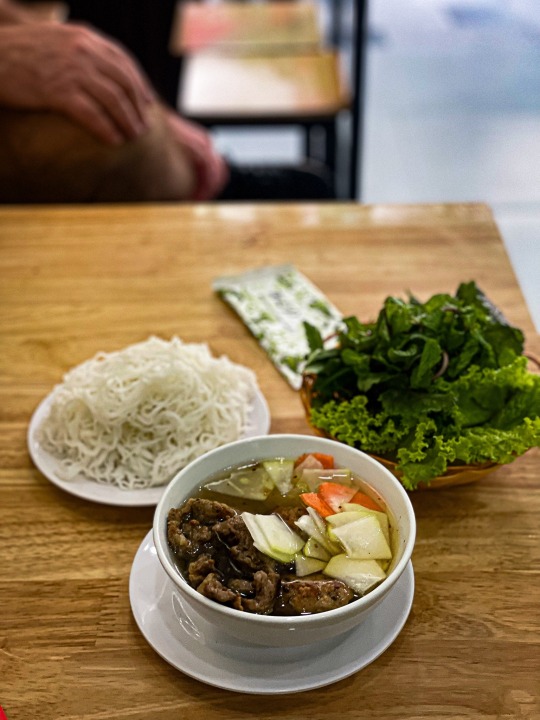


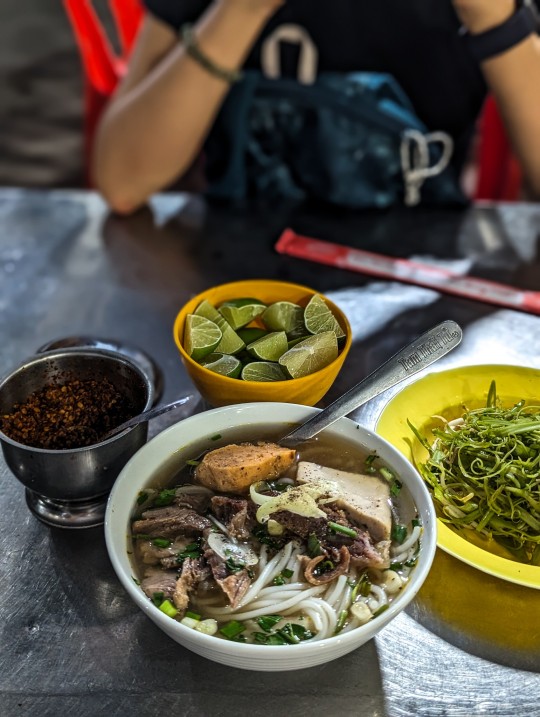
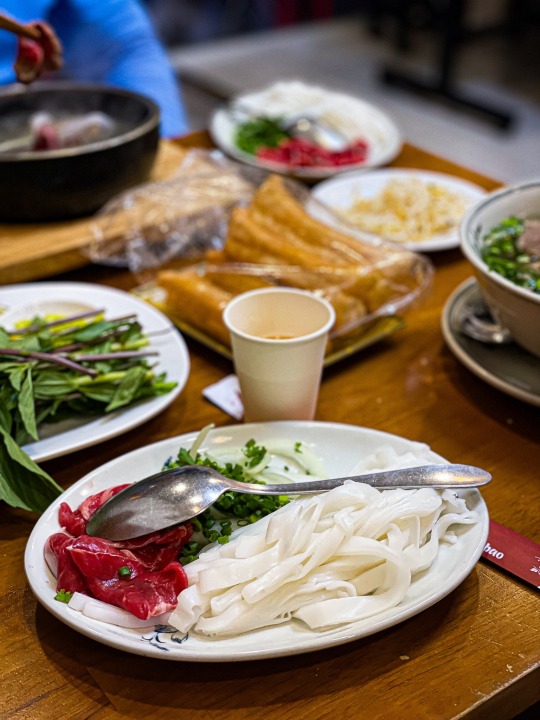

some food i had in vietnam
#food#asian food#vietnam#vietnamese food#words cannot express how good all of those were#i already LOVED bun cha but i truly had a love at first sight for cao lau hoi an#it was so freaking fantastic#also i discovered bun bo hue which is definitely a different take on pho but like SOMEHOW better i can’t explain it#and all the phos there were insanely good and if you paid more than 50k VND you were being ripped of which is like 2€#i was shaken. also banh mi are < 1€ this is so crazy to me#god i need to move to asia how can i come back to poland#i cannot live in a country where food is not the most important thing in the world
44 notes
·
View notes
Text

Actress of the Theatre of Hue, Vietnam
French vintage postcard
#tarjeta#postkaart#sepia#historic#photo#postal#briefkaart#photography#vietnam#vintage#ephemera#actress#ansichtskarte#old#postcard#french#the theatre of hue#hue#postkarte#carte postale#theatre
13 notes
·
View notes
Text

Hue, Vietnam
#hue#imperial city#vietnam#asia#dailystreetsnapshots#photography#travel#street#traditional costume#people#colorful#history
19 notes
·
View notes
Text
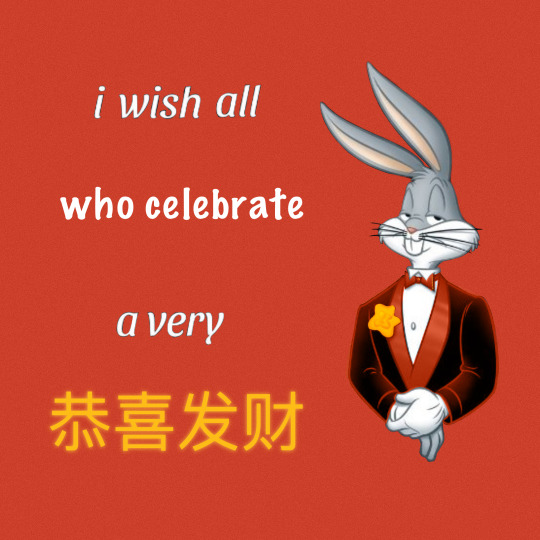
It’s bugs bunny’s year y’all
#subjecting you guys to this meme edit I made#happy lunar new year#lunar new year#year of the rabbit#hue hue hue#recently learned that it’s the year of the cat in vietnam#glad the cat made it into one zodiac 😌
73 notes
·
View notes
Photo



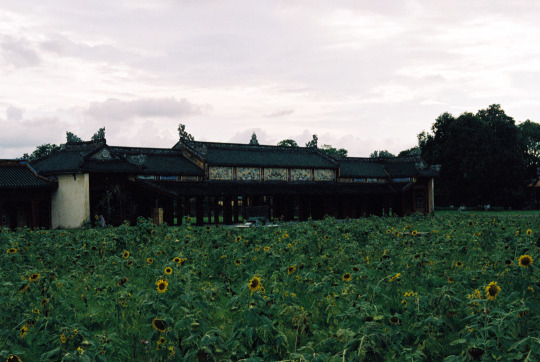
Imperial City of Hue
Vietnam
Kodak SO 553 expired around 2005
#35mm#film photography#photographers on tumblr#hue#vietnam#imperial city#architecture#expired film#kodak#kodak so 553#sunflowers
22 notes
·
View notes
Text


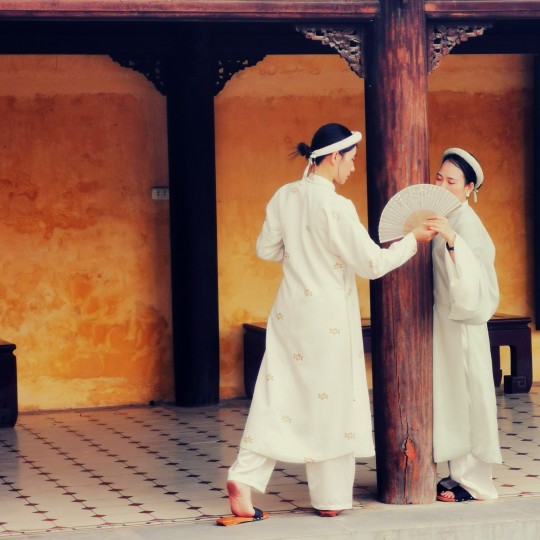


Huế ~ costume ~ Annam
15 notes
·
View notes
Text
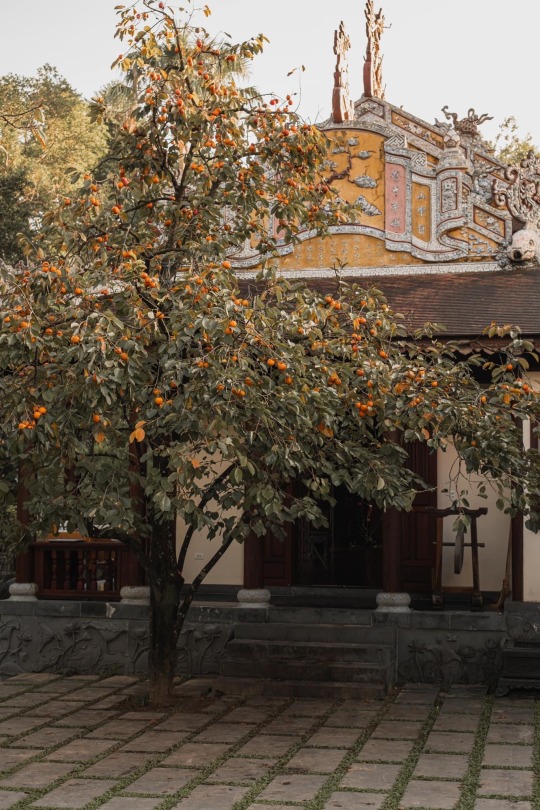
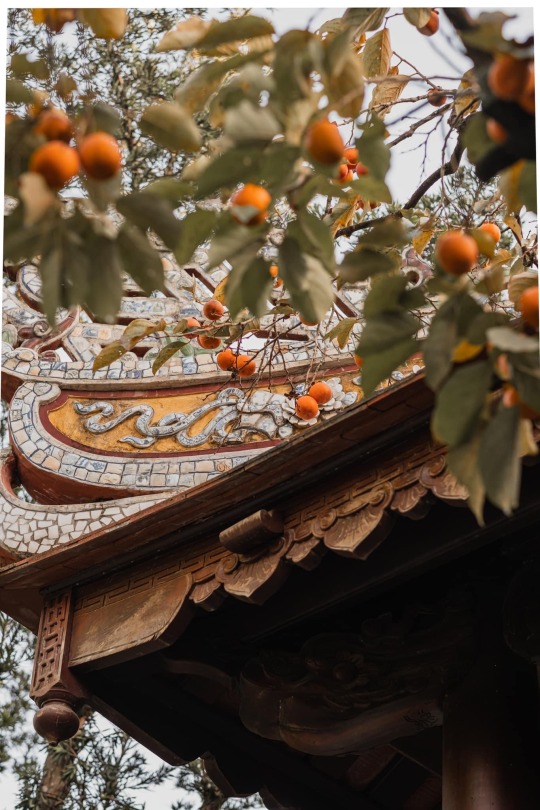







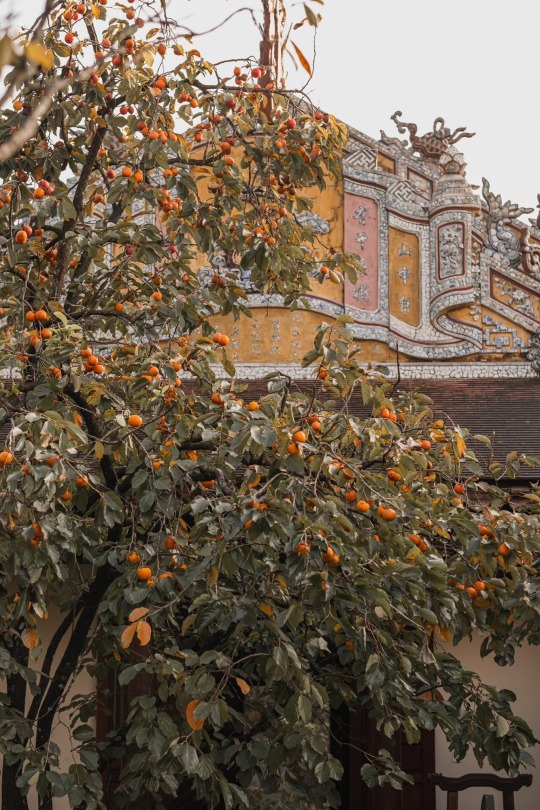
Huế, Vietnam. Credit to Đông Hồ Vỹ.
502 notes
·
View notes
Text
Day Five: A Day in the Life of a Buddhist Monk
The first part of the day was devoted entirely to the Khai Nguyên Pagoda, a name I can only remember when I think of it as the “High Noon Pagoda.” In Vietnam, pagodas are always Buddhist centers of worship. Temples, on the other hand, may be devoted to any other deceased person who is deemed worthy of reverence. That makes the tradition different from Japan when temples ARE Buddhist structures, while shrines are dedicated to one or more Shinto deities.
The Khai Nguyên Pagoda is both very old and very new. Its history dares back to the Ly Dynasty in the first half of the eleventh century. But the pagoda we visited was only begun in 2015 and is still under construction. First of all, it’s massive: The image of the Buddha stands 236 feet tall (making it the largest such Buddha statue in Southeast Asia), and much of the pagoda is INSIDE the giant Buddha.
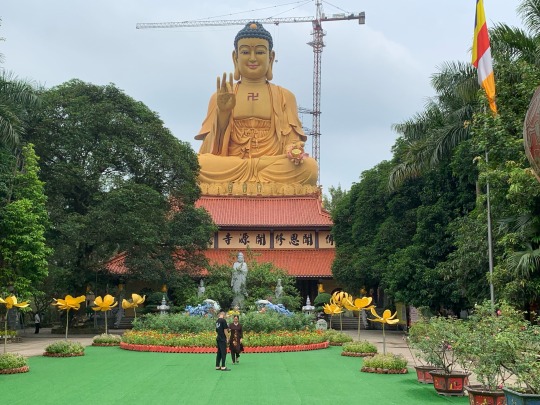
The plan is for the building to have thirteen stories eventually, of which roughly half are now complete. Each of the completed levels has an area for offerings, and hundreds of small Buddha statues set in niches all around the wall.

Altars are are found in several of the structures that surround the large Buddha, including one that has another large image of the Buddha carved, almost unbelievably, out of a single piece of jade.
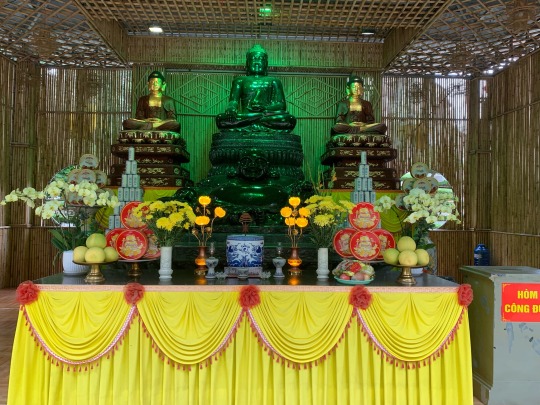
On one of the levels of the pagoda, this recording of the chant “Om Mani Padme Hum” is played on constant repeat. It was both relaxing and haunting. I'll always associate it with the "soundtrack" of this trip. Here’s the link: https://m.youtube.com/watch?v=Preykgx6B1c
youtube
One of the monks (who was 18 but looked no older than 12) guided Tony in how to properly conduct one of rituals for me before we adjourned to lunch. There, we joined a small number of monks and nuns in their refectory for a simple lunch of rice, cabbage, beans, and melon.
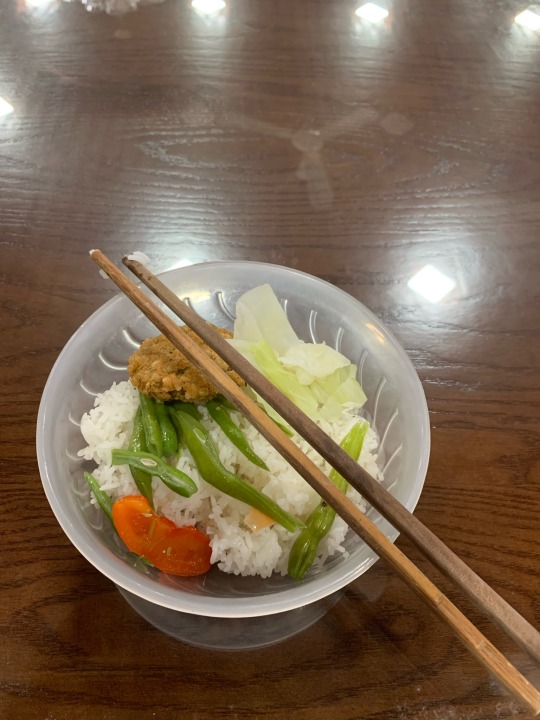
Everywhere you go within the Khai Nguyên complex leads to something amazing, from the entry gate with its enormous bell
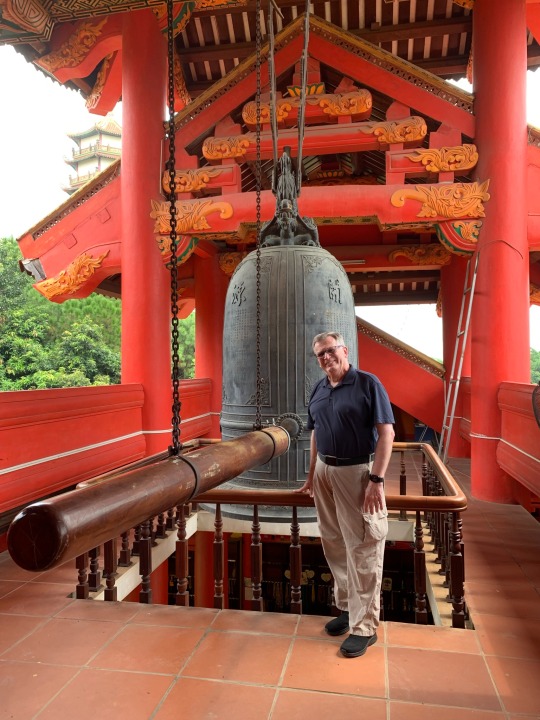
to a large pond stocked with more koi and carp than I’d ever seen in one place.
Keep in mind that each of those koi is worth between $400 and $1,000. Yikes.
If you want to see a two-minute video of me feeding the koi (and thus causing a feeding frenzy wherever I directed the food), you’ll need to subscribe to the supplementary photo album that accompanies this blog. Email me for access if you’d like to see that album.
Regrettably, it was then time to leave Hanoi for the next city on my agenda: the far smaller town of Hue, which was the old capital of Vietnam. The flight lasted only an hour, and at the end, I met my next guide: Mr. Huy. If you think Mr. Huy of Hue is confusing, you should known that the airport here is actually called the Phu Bai International Airport. Phu Bai sounds a lot like Dubai (particularly when you’re sleepy and hearing it distorted over a tinny loudspeaker), and I had a slight moment of doubt that I’d actually boarded the correct plane.

0 notes
Text

Two U.S. Marines carry a wounded buddy as they exit a building they had cleared of NVA forces and were using for cover, during the battle of Hue on February 6, 1968.
(Photo by Bettmann Archive via Getty Images)
#usmc#us marines#infantry#grunts#hue city#battle of hue city#tet offensive#vietnam war#vietnam#military#history
303 notes
·
View notes
Text
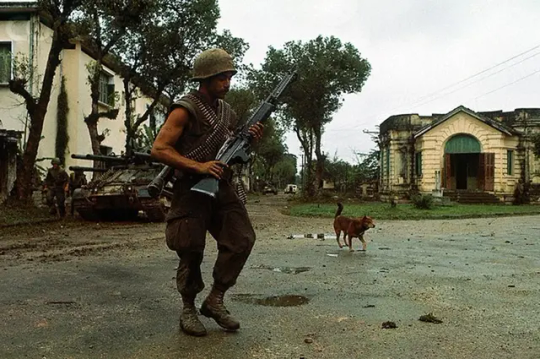
US Marine with a M50 Ontos in Hue City, during the Tet Offensive. 6 Feb 1968
37 notes
·
View notes
Photo
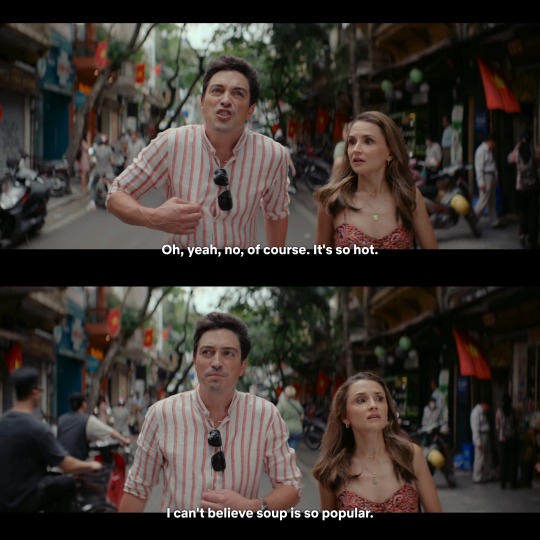
Funny scene in about Vietnam in ‘A Tourist’s Guide to Love’ on Netflix
#SO FUNNY#so accurate#vietnam#vietnamese#a tourist's guide to love#netflix#funny#lol#pho#bun bo hue#soup
30 notes
·
View notes